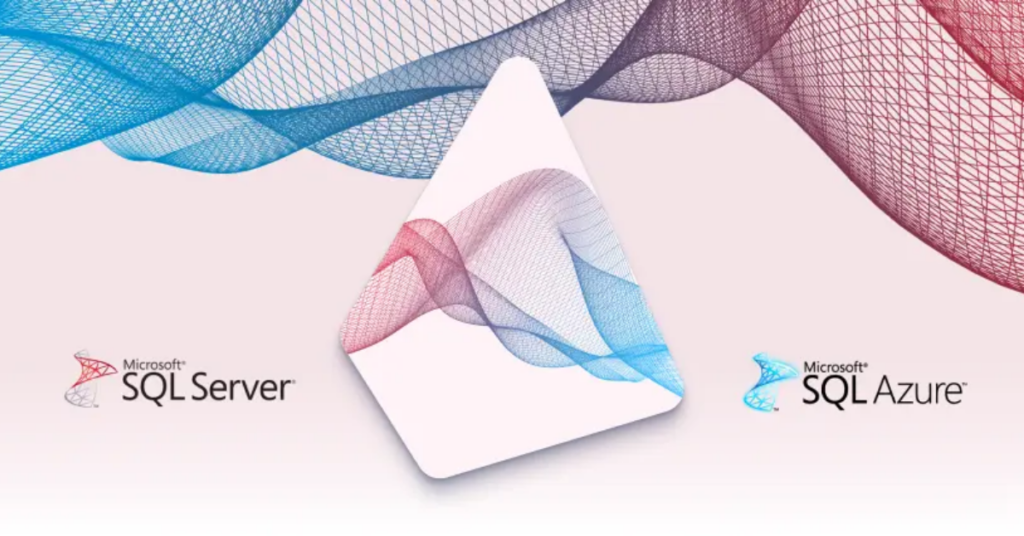In the fast-paced world of digital security, recent events have served as a clear reminder of how swiftly situations can take a turn for the worse. The recent CrowdStrike outage, caused by a faulty update to their Falcon platform, caused widespread disruption across various industries, including banking, healthcare, and aviation. It’s a stark reminder that even the biggest players in cybersecurity can fall victim to the very dangers they strive to shield us from.
Let’s get straight to the point: this situation is unacceptable. It is highly disappointing to see a company of CrowdStrike’s reputation failing so drastically in their endpoint monitoring. But here we are, and the focus now is on understanding and adjusting.
Updating risk registers for real-world scenarios
First things first, if your risk register doesn’t already account for potential cybersecurity tool failures, it’s time to give it some attention and make necessary updates. This is no longer just a theoretical situation; it serves as a practical example of how rapidly digital infrastructure can deteriorate.
So, what’s the plan? How should we address a scenario where all the computers in our organization unexpectedly go offline? Here are a few strategies you may want to consider:
1. Emphasizing the importance of diversification: Placing excessive reliance on a single vendor or solution is similar to entrusting all your eggs to a very precarious basket. It would be wise to adopt a comprehensive security strategy that combines various solutions from different providers. This approach ensures that in the event of a system failure, you won’t be left vulnerable.
2. Protocols for backing up data offline: In today’s interconnected world, it is crucial to have offline backups of critical systems and data. This is not just a wise decision, but a necessary one. It is crucial to maintain regular updates for these backups and prioritize their accessibility in the event of online system compromises.
3. Automation is great, but sometimes it’s necessary to have manual override capabilities. Make sure that your critical systems are equipped with manual override capabilities that can be easily activated by well-trained personnel. This may appear to be a regression, but during times of crisis, it could be your lifeline.
4. Consistent practice of disaster recovery exercises: It is important to regularly test your disaster recovery plan to ensure its effectiveness, even in the absence of a major crisis. Conducting regular drills that simulate different failure scenarios, such as widespread security tool outages, can be highly beneficial in pinpointing any vulnerabilities in your response strategy before they escalate into actual issues.
5. Vendor accountability measures: It is important to have clear SLAs and accountability measures in place with your cybersecurity vendors, as nobody expects perfection. This encompasses more than just ensuring consistent service availability. It also involves a dedication to rigorous testing procedures and open communication during any unforeseen events.
6. Establish a dedicated team responsible for monitoring your security infrastructure to ensure continuous monitoring and rapid response. They should have the authority to make swift decisions and put backup plans into action as soon as they detect any issues.
7. Reevaluating regulatory compliance: Given the recent incident, it may be prudent to reassess your compliance strategies. Do you believe your current practices are strong enough to handle scrutiny in the event of a similar outage?
8. Employee training and awareness: Your staff play a crucial role in protecting your organization. Regular training sessions on identifying and responding to security anomalies are crucial for minimizing the impact of system failures.
9. It is important to have alternative communication channels in place in case primary systems fail. This will help in coordinating response efforts effectively.
10. Conduct regular security audits to proactively identify and address vulnerabilities, rather than waiting for an incident to occur. Regular, thorough security audits are essential for identifying and addressing potential vulnerabilities before they can be taken advantage of.
Embracing a Mindset of Resilience
The CrowdStrike outage serves as a wake-up call, urging us to take action. It highlights the importance of a fundamental change in our approach to cybersecurity and business continuity. We must shift our perspective away from solely focusing on prevention and instead adopt a strategy that recognizes the certainty of setbacks and prioritizes adaptability and swift rebound.
As we navigate this new reality, it’s important to keep in mind that cybersecurity goes beyond being solely an IT concern—it has significant implications for the business. The consequences of such outages go beyond temporary inconvenience and can have an impact on customer trust, regulatory compliance, and ultimately, the company’s financial performance.
Preparing for Future Challenges
Ultimately, it is important to acknowledge that although we cannot completely avoid all failures, we can definitely enhance our readiness to handle them. It’s crucial to thoroughly examine our dependencies, contingencies, and assumptions regarding cybersecurity. Are you prepared for the next update mishap that could occur at any moment?




